Stonehenge Part 5/8 - People.
The plain of Salisbury has always had a special attraction for humans and animals. Old inhabitants from the west of the island came into contact here with new inhabitants who had crossed the sea from the east. Recently one even dares to speak of Bluestone-people from Wales and Sarsen-people from Marlborough.
Approx. 12 000 B.C. Paleolithic or Old Stone Age.
The last ice age ends. In England dense forests grow. On the plain of Salisbury with its vast grasslands the vegetation is less dense. This attracts animals: wild cattle, pigs and deer. They find the rare water in this higher, dry area near the river Avon. The grasslands and the river are also attractive to people.
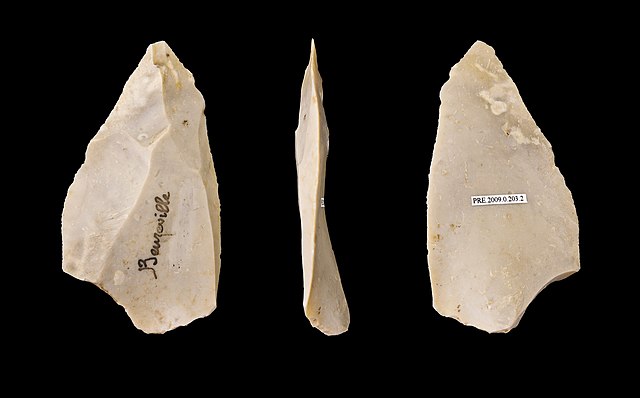
The first tools of primitive man. Photo from Wikipedia.
Approx. 8000-4000 B.C. Mesolithic or Middle Stone Age.
Hunter-gatherers from all over southern England meet regularly at the Avon. This creates a semi-permanent camp site. Near the later Stonehenge, hunter-gatherers erect wooden poles, an exceptional activity for that time. The poles seem to mark a special place. It seems that people meet there and that they hunt, party, exchange, make love. Apparently, the surroundings of the later Stonehenge are known as a meeting place from an early age. The place is centrally located in a network of migratory routes through southern England. Archaeologists found flint tools and bone remains of aurochs, deer and wild pigs. The excavation results show that 4,000 years of unseen gatherings and grand celebrations have taken place here. The itinerant hunter-gatherers have an arsenal of flint tools. There is a suitable instrument for every task. Characteristic for this time are microlites, pieces of flint stone of small size:
- You can use it to make arrows or harpoons.
- Flintstone pickaxes are used for digging, chopping and turning soil in search of edible plants and roots.
- Scrapers are very suitable for removing fatty tissue from animal skins.
- Other tools are cuttings in the form of knives. They are used to cut plants/meat as well as wood, bone or hides.
Approx. 4000 B.C. Neolithic or New Stone Age.
From mainland Europe, the first farmers reach the area. Like their predecessors, they too are attracted to the Salisbury plain. Their way of life is completely different from that of the hunter-gatherers. They herd cattle, pigs and sheep, and they grow crops. They bury their dead (so no more cremations) and with man and power they build enormous, elongated or round burial mounds. From far and wide they come together on special, fenced-off places like Woodhenge. There they celebrate with thousands at a time. The plain of Salisbury, a neutral no man’s land, turns out to be an important meeting place:
- Around 3750 B.C. People dig a large pit in which they deposit the remains of a large-scale festivity: bones of cattle, pigs and deer. They do so in Coneyhenge, a ridge overlooking the later Stonehenge. From the finds, archaeologists conclude that there was meat for as many as a thousand people.
- At that time, farmers were the first to erect large structures. A large number is still visible. Several wealthy people are buried under oblong or round burial mounds. Their construction requires a joint effort of a large number of families. The Stonehenge area has the densest concentration of burial mounds in the whole of Great Britain.
- Around the same time, they are building two special fenced-off places in the area (so-called Causewayed Enclosures, literally an enclosed area). This is where large groups of people come together:
- They build Woodhenge. The wells for the poles of this Woodhenge are easy to find.
- Around 3500 B.C. two monuments appear just south of that, which we now call the Great and the Little Course. Such a course is an elongated terrain, surrounded on four sides by a moat and a embankment, usually situated on a ridge. Their construction also requires a lot of helping hands. So long before Stonehenge there was a tradition in the region of erecting great monuments together. The word ‘course’ comes from the time when people thought that horse races were held there. Both monuments are within walking distance of the later Stonehenge. Organic pickaxes have also been found here. These deer antlers are important finds for archaeologists, because they are made of organic material and can therefore be used for carbon dating. We can accurately determine their age. They are therefore key objects for determining the chronology of the monuments in the landscape near Stonehenge. The carbon dating of such pickaxes shows that the Great and Little Course were built around 3500 B.C., some 500 years before Stonehenge. After the excavation the pickaxes were often left behind at the bottom of the moat. The fact that the pickaxe served as an excavator can be seen at its worn end.
- The most beautiful tools from the time of the first farmers are polished axes of jade from the now Italian Alps. The axes are spread across continental Europe and also reach Great Britain. The polished axes get their shape in the quarry itself. Many specimens are then repolished at their destination to suit the local taste. The axes are too valuable to be used for felling trees or for carpentry. They are prestige pieces. Some are entrusted to the earth with care. Farmers may bring them as heirlooms in their luggage when they migrate from northern France to the British Isles. Many of these axes are centuries old.
- The first farmers also have a whole range of new tools. The contents of their toolbox are more varied than those of hunter-gatherers:
- There are striking arrowheads. We find them in various forms, which are constantly evolving.
- In addition, they use machined, ground and polished axes, in various types of stone. They use them to cut trees. The wood serves as a raw material for tools and as a building material. In the open space created by the felling, they herd cattle, pigs and sheep, and do arable farming.
- Flintstone scrapers and blades remain in use. Tools to make fire are very common. Toothed blades and notched strips are used to cut or scrape plant material.
Approx. 2500 B.C.
A new group of people is coming to Britain, scientists are talking about the people of the Bell Beaker culture. They settle on the plain of Salisbury:
- For example in Windmill Hill 2 km north of Avebury. It is a rather large Neolithic settlement that already existed for several centuries.
- For example in Durrington Walls 3 km north of Stonehenge. An extensive Neolithic settlement of 17 hectares with an estimated 1000 cottages. Probably specially built to further finish Stonehenge.
Around 2800 B.C., large groups of people migrated from the north of the Black Sea to central and northern Europe. Two centuries later they began to produce a new kind of pottery. Clock mugs are called their characteristic pots: their shape resembles an inverted clock. These cups are given to the dead in their graves.
As has been said, around 2500 B.C. the Bell Beaker culture arrived in Britain. They most probably do so in groups, over a period of several centuries. Gradually they are replacing the indigenous farmers who have lived there since time immemorial. The plain of Salisbury attracts them, the landscape there is suitable for herding cattle and sheep. So they bring new forms of pottery, but they perpetuate the farming profession and refine existing burial practices.
Significant changes took place around 2200 BC:
- For five centuries, the descendants of the Bell Beaker culture marked the status of the deceased with circular burial mounds. This is happening all over Britain. The greatest concentration is on the plain of Salisbury, many in the face of Stonehenge. The precious grave gifts the deceased receive are also status symbols: objects in gold, amber and other materials. One speaks of squatting graves, the deceased lies in foetal position. People speculate that they believe in reincarnation. The head of the men lies in the direction of the rising sun and the head of the women lies in the direction of the setting sun.
- Initially, the meaning of Stonehenge stagnates. Around 2200 to 2000 B.C., however, Stonehenge experiences its time of greatest change. A start was made on processing Sarsens and people had not been cremated within the monument for a long time. The people of the Bell Beaker culture no longer build Henges themselves, but they close the existing Stonehenge in their hearts and make deliberate drastic changes to it. From then on they are called real megalith builders. For they have mastered the techniques to mine, transport, process and erect heavy stones:
- They construct the circle of 30 Sarsens complete with their capstones.
- They place the 5 giant Trilithons in the middle and move the already existing oval of Bluestones.
- They erect the Altar Stone, a small job compared to raising the coverstones.
- They finish off the Avenue and make the connection to the Avon.
- They markmark the beginning of the Avenue with stones such as the Heel Stone and the Slaughter Stone.
- They move the Bluestones from Bluestonehenge to the heart of the circle.
- From 1500 B.C., however, Stonehenge lost its importance and became the site of stone robbers. The Bronze Age is over and from the Iron Age onwards the site gradually becomes a ruin.
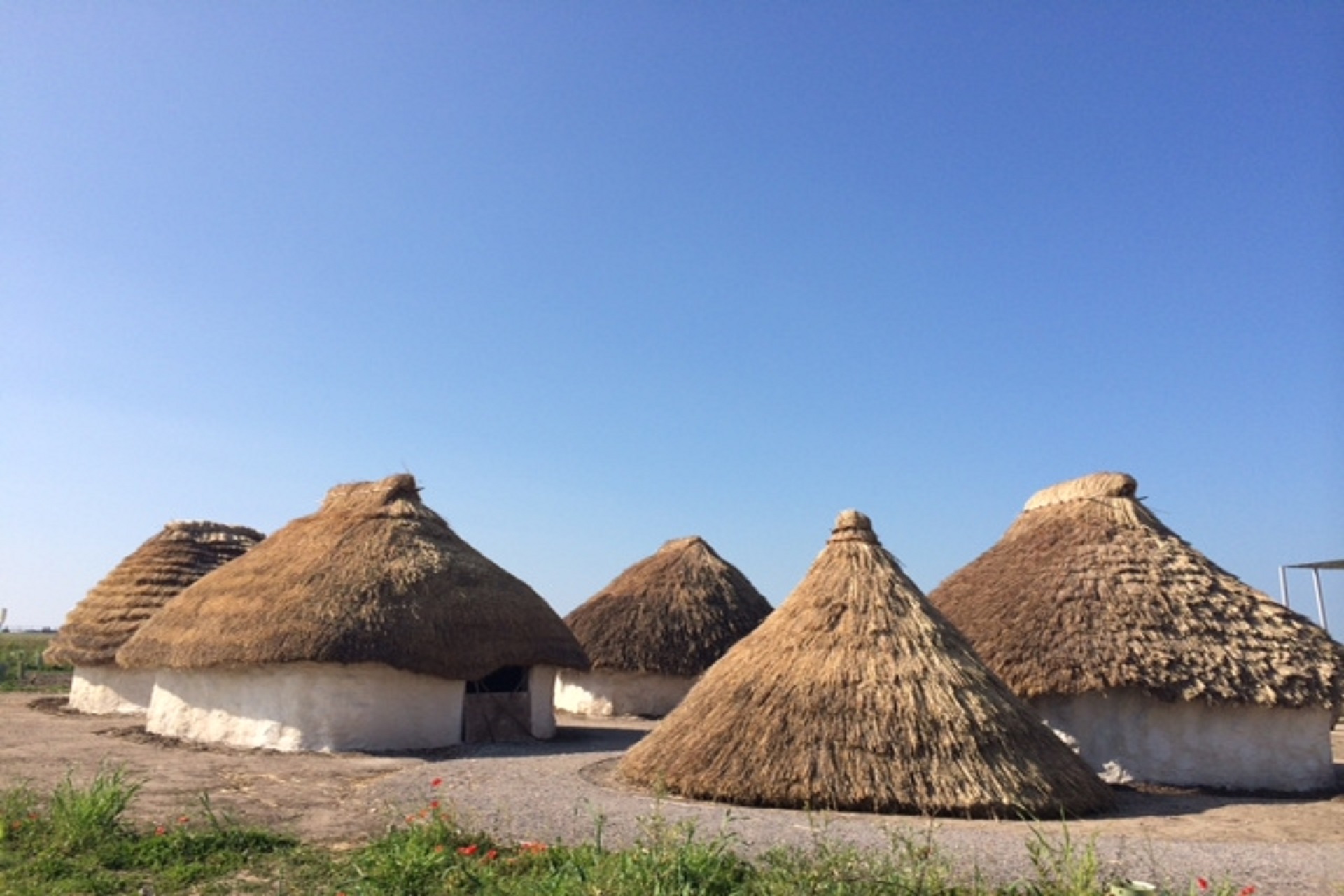

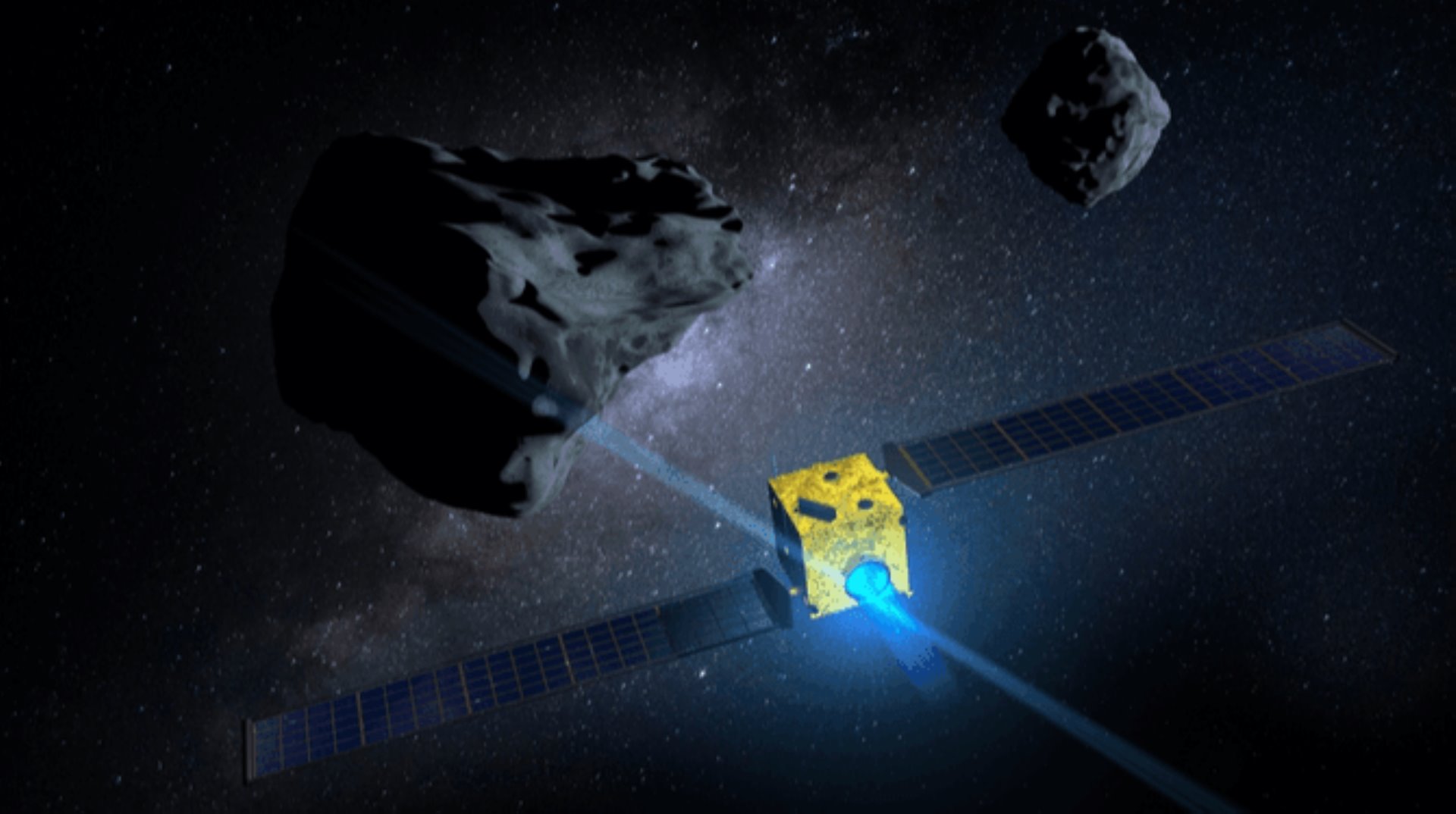

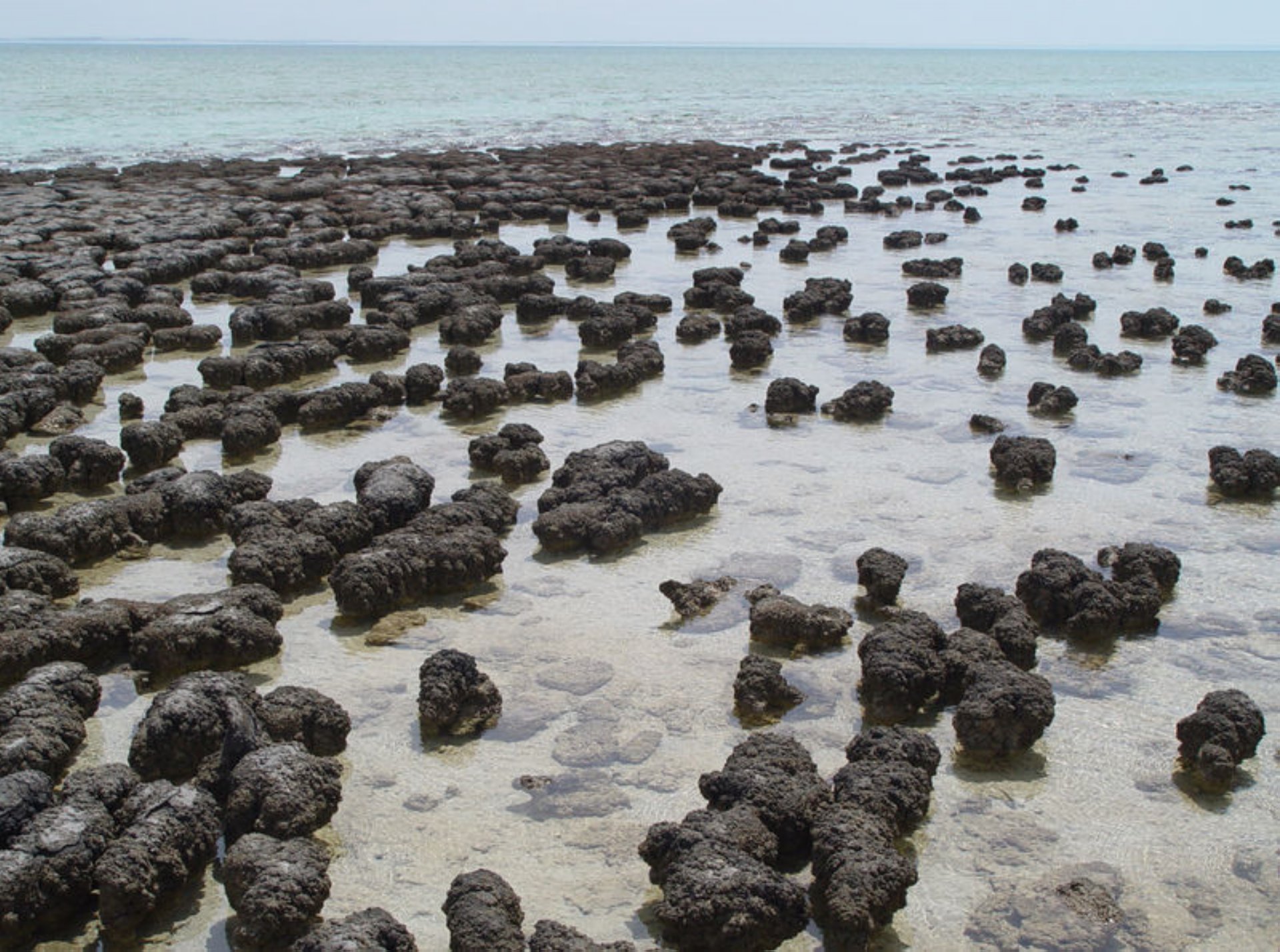
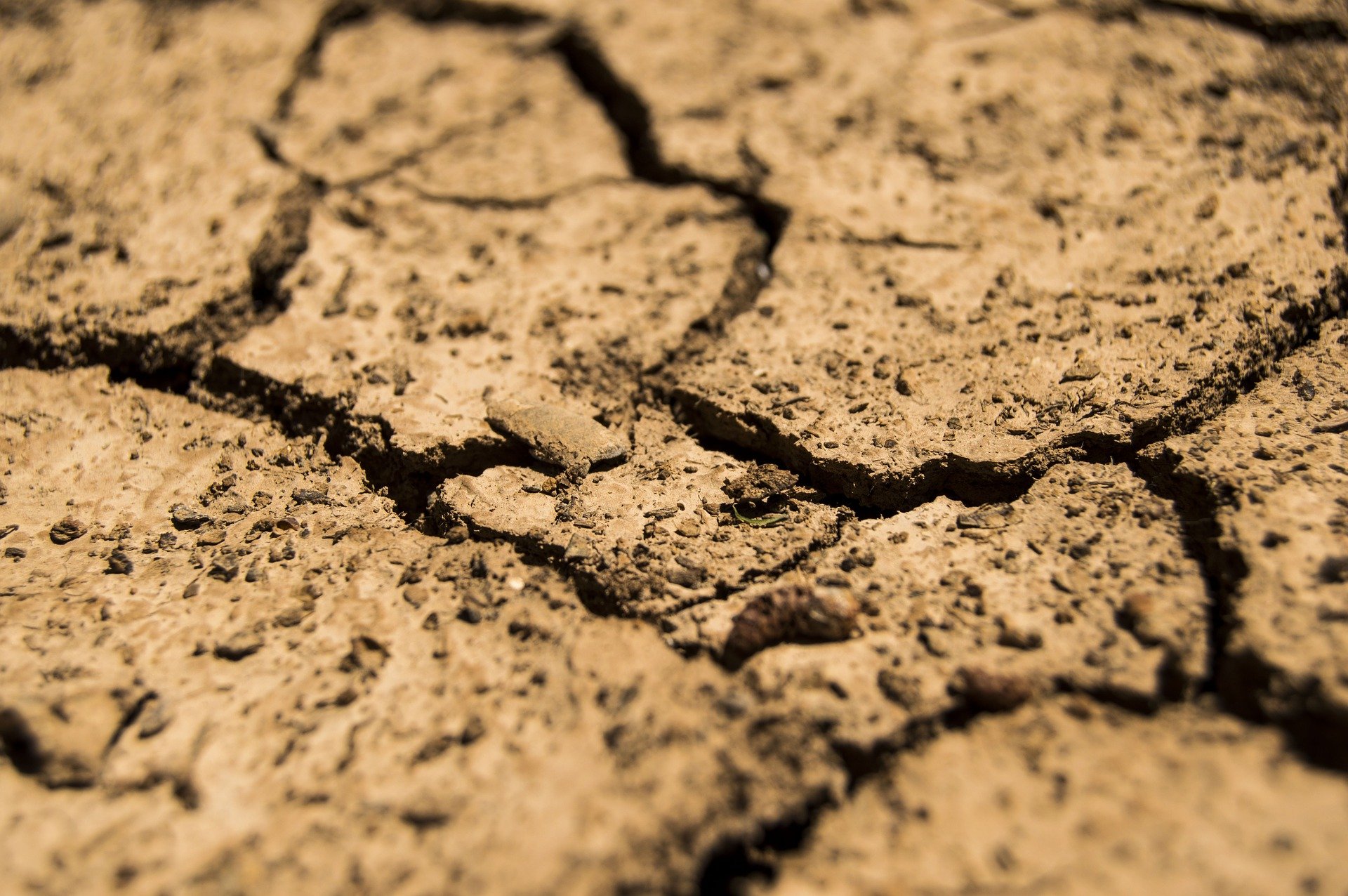
Comments